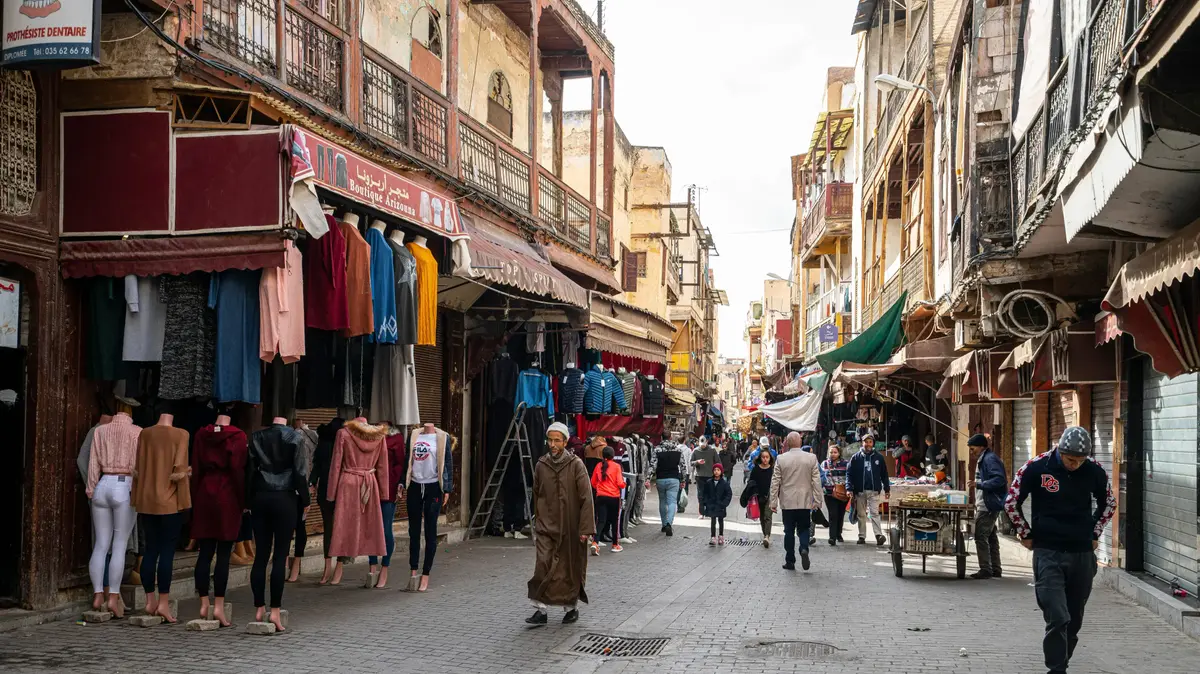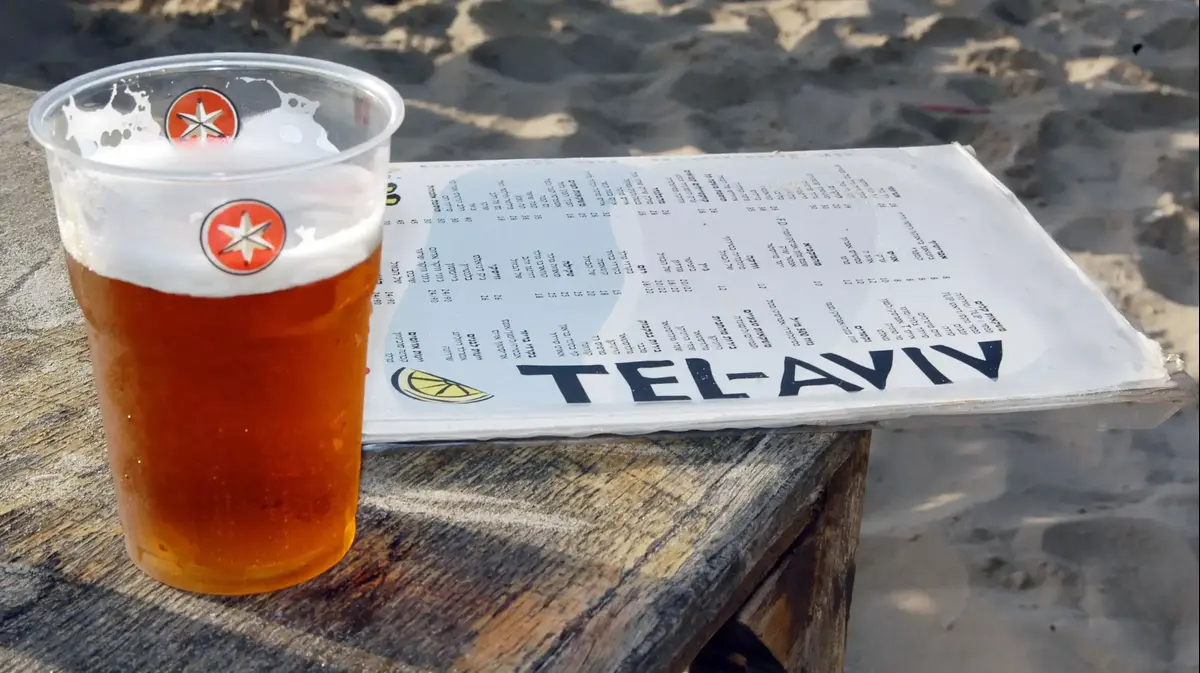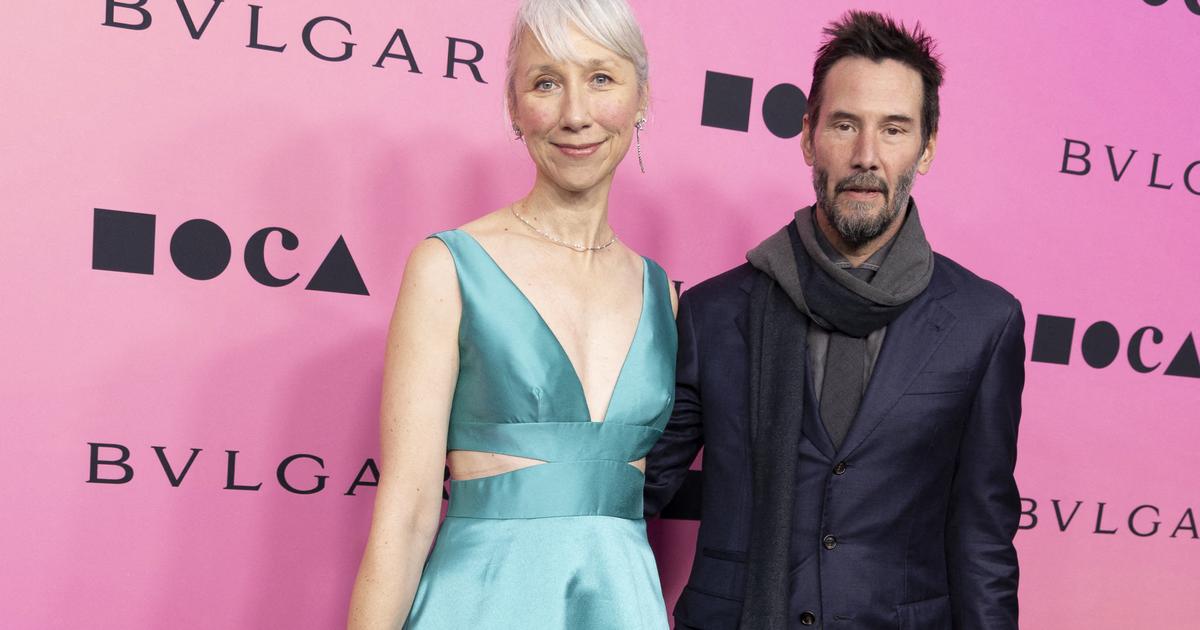The Jewish quarter in the city of Fez, Morocco (Photo: ShutterStock)
"There are no Jews in Morocco, only Moroccan citizens."
At the height of World War II, the ruler of Nazi Germany in those years, Adolf Hitler, turned to the then King of Morocco, Mohammed V, and demanded that he hand over all the country's Jews to him, with the aim of sending them to concentration and extermination camps as well.
However, unlike many heads of state, Muhammad V, who had quite warm relations with the local Jewish community, did not agree to cooperate with the Nazi oppressor and made it clear to him that he had no intention of abandoning the Jews in his territory.
Muhammad V kept his word.
During his reign during World War II, the Jews of Morocco remained unharmed, and many of them continued to lead a fruitful community life in the country even years later.
The great departure of the Jews from the country occurred only a few years later - it began with the declaration of the State of Israel by the United Nations in 1948 and continued until 1967, when it is estimated that in those years no less than 250 thousand Jews left Morocco, most of them to the State of Israel.
However, despite the mass abandonment, Moroccan Jewry has remained, until these days, an integral part of the country, and in almost every corner you can find evidence of the culture and tradition that flourished in the territory of Morocco for thousands of years.
Organized trip to Morocco - more information on the Pegasus website
The special connection of the Jews with Morocco began thousands of years ago, in the second century AD.
In those years, Jews from Israel arrived for the first time in the North African region and settled in Morocco, where in fact the close relationship between the parties began, which has known ups and downs over the years and continues to this day.
Today, only about 2,500 Jews live in the country, compared to about 300,000 in the years before the war.
However, due to the many years of Jewish tradition, the ancient holy buildings and the rich history of the Jews of Morocco, every year many Jewish tourists from all over the world (and from Israel of course) come to the country to learn more about the life of the community over the years - from the ancient synagogues of Casablanca to the famous Jewish quarter of Marrakesh, whether on an organized trip as organized by the Pegasus company to the country or independently.
The Jewish quarter of Casablanca
Casablanca: the first Jewish museum in a Muslim country
The coastal city of Casablanca is the largest city in Morocco, with a cosmopolitan atmosphere, an eclectic culinary scene, unique architecture and, of course, a long-standing Jewish heritage.
In many places in Casablanca there are many evidences of the extensive Jewish community that lived there for hundreds of years, including a Jewish quarter, synagogues, cemeteries and even a Jewish museum.
View this post on Instagram
A post shared by views (@viewsfromaround)
Museum of Moroccan Judaism
: The first Jewish museum in a Muslim country and on the African continent was founded in 1997 by the local Jewish community.
You can find many artistic displays, religious objects, jewelry, ancient writings and a variety of items that present the history, theology, customs and daily life of the Jews there.
Beth-El Temple
: Beth-El Synagogue in Casablanca is considered one of the most special synagogues in all of Morocco, visited by tourists from all over the world, not just Jews.
It is a synagogue of spectacular beauty with special stained glass windows and many artistic elements, which make it an extraordinary building.
The Jewish Quarter
: Although there are no longer any Jews living in the Jewish Quarter of Casablanca, you can find many Jewish signs, such as kosher butchers in the local market, kosher restaurants, synagogues (including the Bethel Synagogue), a famous cemetery, and more.
The Jewish cemetery in Fez
View this post on Instagram
A post shared by Stephan Jaklitsch (@stephanjaklitsch)
Fez: A visit to Rambam's house
Fez, located in the heart of the Atlas Mountains, was founded back in the eighth century, and was previously considered the spiritual center of Morocco, as well as its artistic and intellectual capital.
It is also one of the cities most identified with the local Jewish community.
The Rabbi (Rabbi Yitzhak Alfasi) lived in its territory in the past - the most influential Talmud scholars and one of the greatest judges in Jewish Halacha, and many synagogues, a rich Jewish quarter and kosher restaurants can be found there.
The Jewish quarter in the city of Fez, Morocco (Photo: ShutterStock)
The Jewish Cemetery
: The Jewish Cemetery in Fez is the largest Jewish cemetery in Morocco, where some of the most important people from the local Jewish community are buried, including Sol Hagoel, the girl who was beheaded at the age of 16 after refusing to convert to Islam.
The Jewish Quarter
: In contrast to the (relatively) young Jewish Quarter of Casablanca, the Jewish Quarter in the city of Paz has existed for over 650 years.
This is a picturesque neighborhood located near the well-known royal palace, which served as a refuge for many Jews during the pogrom in the country in 1919.
Rambam's house
: Rabbi Moshe ben Maimon, one of the great scribes who is considered one of the most important and respected figures in the history of Judaism, lived in Fez in the years 1159-1165, after he came there for fear of being forced to convert.
After only six years he decided to leave for Egypt, where he lived until the end of his days.
Today, a Muslim family lives in the Rambam's house, but sometimes you can take short and fascinating tours inside, with the help of which you can understand a little more about one of the greatest philosophers in Jewish history.
The Jewish cemetery in Marrakesh
@irenemorera213 Miaara jewish cemetery #marrakech #morocco #holiday #mellah #africa ♬ sonido original - irenemorera
Marrakesh: one of the most famous synagogues in all of Morocco
Marrakech, also known as the "Moroccan Paris", is located in the southwest of Morocco, under the mighty Atlas Mountains.
The fourth largest city in the country, which was declared by UNESCO as a world heritage site in 1985, served as the home of many Jews over the years and today you can find many evidences of the vibrant community that lived there for many years.
Lazma Synagogue in Marrakesh, Morocco (Photo: ShutterStock)
The Jewish Quarter
: The Jewish Quarter of Marrakesh was established as early as 1558, and you can find the famous Lezma Synagogue, ancient buildings and a lively market, where many Jewish peddlers also worked in the past.
In the market, besides spices and souvenirs, there is also a kosher restaurant and a small but impressive synagogue.
Lezma Synagogue
: One of the most well-known synagogues in all of Morocco is located in the heart of the city's Jewish quarter.
The synagogue is open until these days (except for Shabbat) and tourists are invited to tour it to get an impression of its size and power.
The cemetery of Rabbi Hanania HaCohen
: In the cemetery of Rabbi Hanania HaCohen, some of the most important people in the history of Moroccan Judaism were buried, such as Rabbi Mordechai Ben Atar and Rabbi Pinchas HaCohen Azog.
It is used to this day as a pilgrimage center for tourists visiting the country, and not just Jews.
His book: one of the most important structures of the Jewish community
Spero is undoubtedly one of the most special cities in Morocco.
It is located south of Fez, surrounded entirely by a white wall and time seems to have stood still;
The old and ancient buildings were preserved, the tradition remained intact and also the evidence of the existence of a rich Jewish community - for which the city was once called "Little Jerusalem" - is still there.
A market in the Jewish quarter in the city of Safrou, Morocco (Photo: ShutterStock)
The Jewish School and Orphanage
: In the center of the city of Spero is one of the most important buildings of the Jewish community that once lived in the city - "Mother of the Sons", a school and orphanage that was used by the local community.
In addition, the school complex also has a synagogue where some of the Jews of Sefer used to pray.
The main Jewish cemetery
: The Jewish cemetery of Sefer underwent an extensive renovation several years ago, and is now considered a must-visit for tourists coming to the city.
In this ancient cemetery, besides historical tombstones of important figures from the community, there are also monuments to the memory of some of the great saints of the Jewish community in the city - including Moshe Elbaz and David Arzil.
the Jewish Quarter
: The Jewish quarter of his book is no different from quarters in different cities - even in it in the past Jewish merchants used to trade and to this day evidence of this can be found.
However, unlike the Jewish quarter in Marrakesh or Casablanca for example, as of these days you cannot find a kosher restaurant there, but mainly local restaurants that serve delicacies from the local cuisine.
View this post on Instagram
A post shared by Morocco World News (@moroccoworldnews)
Essaouira: The revelry in memory of Rabbi Haim Pinto
In this magical coastal city located in the west of the country, many tourists from all over the world visit throughout the year, including Jewish tourists who come especially to visit the grave of Rabbi Haim Pinto, who passed away back in 1845. Besides Rabbi Pinto's grave, the city also has synagogues and an old cemetery.
The Jewish cemetery in the city of Essaouira, Morocco, where Rabbi Haim Pinto's grave is also located (Photo: ShutterStock)
The streets of the city
: a tour of the streets of Essaouira is an attraction in itself;
The view from every corner is breathtaking, the people are especially kind and the small and colorful houses are spectacular in their beauty, in some of which you can find the Houses of David, a reminder of the Jews who lived in them in the past.
Rabbi Chaim Pinto's grave
: Every year in September, a revelry is held in honor of the Rabbi, with the participation of many Jews from all over the world.
Besides the revelry, Rabbi Pinto's grave attracts many Jewish visitors, who come to pay their respects.
The synagogues of Essaouira
: In this special city there are several synagogues, including the synagogue of Rabbi Haim Pinto, which was opened especially for different groups of travelers.
The Atiya Synagogue is also worth a visit, as is the old Jewish cemetery.
The article is sponsored by Pegasus Organized Trips Abroad - as part of its goal of promoting familiarity with world cultures and enriching knowledge.
In partnership with Pegasus
tourism
Around the world
Tags
Travels in the world
Morocco




/cloudfront-eu-central-1.images.arcpublishing.com/prisa/MRCVFTDVBNHVFBKXS3VWGODRAE.jpg)










